An electric tawa is a type of cooking appliance that functions as an electric griddle or tawa. Unlike traditional tawas that require a stovetop or gas flame for heating, electric tawas have built-in electric heating elements that allow them to generate heat independently.
Electric tawas typically consist of a flat, non-stick cooking surface with heating elements underneath. The cooking surface is made of materials such as aluminum or non-stick coating, which facilitates easy cooking and cleaning. The heating elements are controlled by a thermostat or temperature control knob, allowing you to adjust and maintain the desired cooking temperature.
The main advantage of an electric tawa is its portability and ease of use. It can be used anywhere there is an electrical outlet, making it convenient for indoor and outdoor cooking, such as in apartments, dorm rooms, or while camping. Additionally, electric tawas provide consistent and homogenous heat distribution, resulting in uniform cooking outcomes.
Electric tawas are versatile and can be used for various cooking tasks, such as making dosas, uttapams, pancakes, crepes, parathas, grilled sandwiches, and more. Some electric tawas may have additional features like temperature control, heat-resistant handles, and detachable power cords for easy storage.
When using an electric tawa, it's important to follow the manufacturer's instructions and safety guidelines. Proper cleaning and maintenance of the cooking surface are essential to ensure its longevity and performance.
Overall, electric tawas provide a convenient and efficient way to cook a variety of dishes without relying on a traditional stovetop. They are suitable for individuals who prefer electric cooking appliances or those who may not have access to a gas stove or open flame for cooking.
Table of Contents
Uses of Electric Tawas:
Electric tawas offer versatility in the kitchen and can be used for various cooking tasks. Here are some common uses of electric tawas:
Making Dosas and Uttapams: Electric tawas are excellent for making dosas and uttapams. The even heat distribution ensures uniform cooking and browning of the batter, resulting in crispy dosas and well-cooked uttapams.
Cooking Pancakes and Crepes: Electric tawas provide an ideal cooking surface for making pancakes and crepes. The non-stick surface and adjustable temperature settings allow you to achieve the desired texture and browning.
Grilling Sandwiches: Electric tawas can be used for grilling or toasting sandwiches. They offer a flat and non-stick cooking surface that can give sandwiches a crispy exterior while melting the fillings.
Frying Snacks: Electric tawas can be used for shallow frying or stir-frying snacks like cutlets, pakoras, or fritters. The even heat distribution ensures that the snacks cook evenly and achieve a desired level of crispness.
Cooking Parathas: Electric tawas provide a convenient way to cook parathas. You can cook stuffed parathas or plain parathas on the tawa, achieving a golden-brown crust and even cooking.
Roasting and Toasting: Electric tawas can be used for roasting spices, nuts, or seeds, enhancing their flavors. You can also use them for toasting bread slices or tortillas.
Reheating Food: Electric tawas can be used for reheating leftover chapatis, parathas, or other flatbreads. The gentle heating ensures that the food is warmed through without becoming overly dry.
Cooking Other Flatbreads: Electric tawas can be used to cook various flatbreads like rotis, naans, or tortillas. The adjustable temperature settings allow you to control the heat and achieve the desired texture.
These are just a few examples of the uses of electric tawas. Their versatility, convenience, and consistent heat distribution make them a useful cooking appliance for a wide range of dishes in the kitchen.
How Does Electric Tawa Work?
An electric tawa, also known as an electric griddle, works by utilizing an electric heating element to generate heat and cook food. Here's a general overview of how an electric tawa works:
Heating Element: The electric tawa consists of a heating element embedded beneath the cooking surface. Typically, the heating element consists of a coil or resistive wire that generates heat when electricity travels through it.
Thermostat or Temperature Control: Electric tawas are equipped with a thermostat or temperature control mechanism. This allows you to set and adjust the desired cooking temperature according to the recipe or your preference. The thermostat helps maintain a consistent temperature throughout the cooking process.
Cooking Surface: The cooking surface of the electric tawa is usually made of a non-stick material like Teflon or ceramic. This non-stick coating prevents food from sticking to the surface and makes it easier to clean.
Power Supply: The electric tawa needs to be connected to a power source, such as a standard electrical outlet, to operate. Once plugged in, the heating element starts generating heat.
Heat Distribution: As the heating element heats up, it transfers the heat to the cooking surface. The heat is evenly disseminated across the cookware surface, enabling the food to cook and brown uniformly.
Temperature Control: The temperature control feature allows you to adjust the heat intensity. You can increase or decrease the temperature as needed during the cooking process to achieve the desired results.
Safety Features: Electric tawas often have safety features like heat-resistant handles or knobs to prevent burns when handling the appliance. Some models may also have overheat protection mechanisms to prevent excessive heating.
Power Indicator: Many electric tawas have a power indicator light that illuminates when the appliance is turned on and connected to the power supply. This helps you know when the tawa is in operation.
Difference Between Electric And Traditional Tawa:
The main difference between an electric tawa and a traditional tawa lies in their heating mechanisms and functionality. Here are some key distinctions between the two:
Heating Mechanism:
Electric Tawa: Electric tawas typically have adjustable temperature controls or thermostats that allow you to set and maintain the desired cooking temperature. This provides precise control over the heat.
Traditional Tawa: Heat control on a traditional tawa relies on adjusting the flame or burner intensity. It requires manual adjustment and monitoring of the heat source to maintain the desired cooking temperature.
Even Heat Distribution:
Electric Tawa: Electric tawas often feature even heat distribution across the cooking surface, ensuring consistent cooking results throughout.
Traditional Tawa: Traditional tawas may have areas of uneven heat distribution due to variations in flame or burner size and intensity. Careful rotation or positioning of the tawa is often required to achieve uniform cooking.
Portability and Convenience:
Electric Tawa: Electric tawas are portable and can be used anywhere there is an electrical outlet. They offer convenience for indoor and outdoor cooking without the need for a stovetop or gas connection.
Traditional Tawa: Traditional tawas are reliant on a gas stove or electric burner, limiting their portability to areas with these specific cooking setups.
Versatility:
Electric Tawa: Electric tawas can often be used for a variety of cooking tasks, including making dosas, uttapams, pancakes, and grilling sandwiches. Some models may have additional features like temperature control and detachable power cords.
Traditional Tawa: Traditional tawas are primarily used for cooking flatbreads like chapatis, rotis, and parathas, although they can also be used for other tasks like toasting spices or roasting nuts.
Conclusion:
The choice between an electric tawa and a traditional tawa depends on personal preferences, cooking needs, and the availability of specific cooking setups. Electric tawas provide convenience, portability, and precise heat control, while traditional tawas offer a more traditional cooking experience and are well-suited for certain types of cooking, especially when cooking traditional Indian flatbreads.

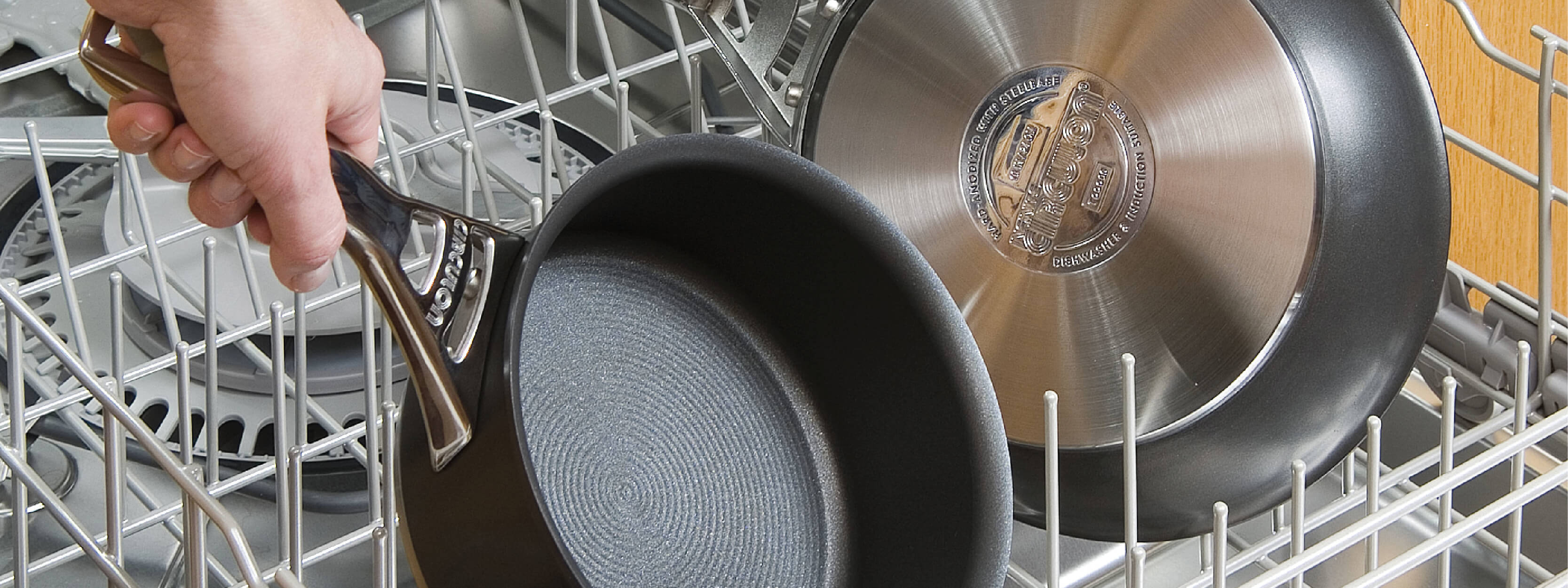
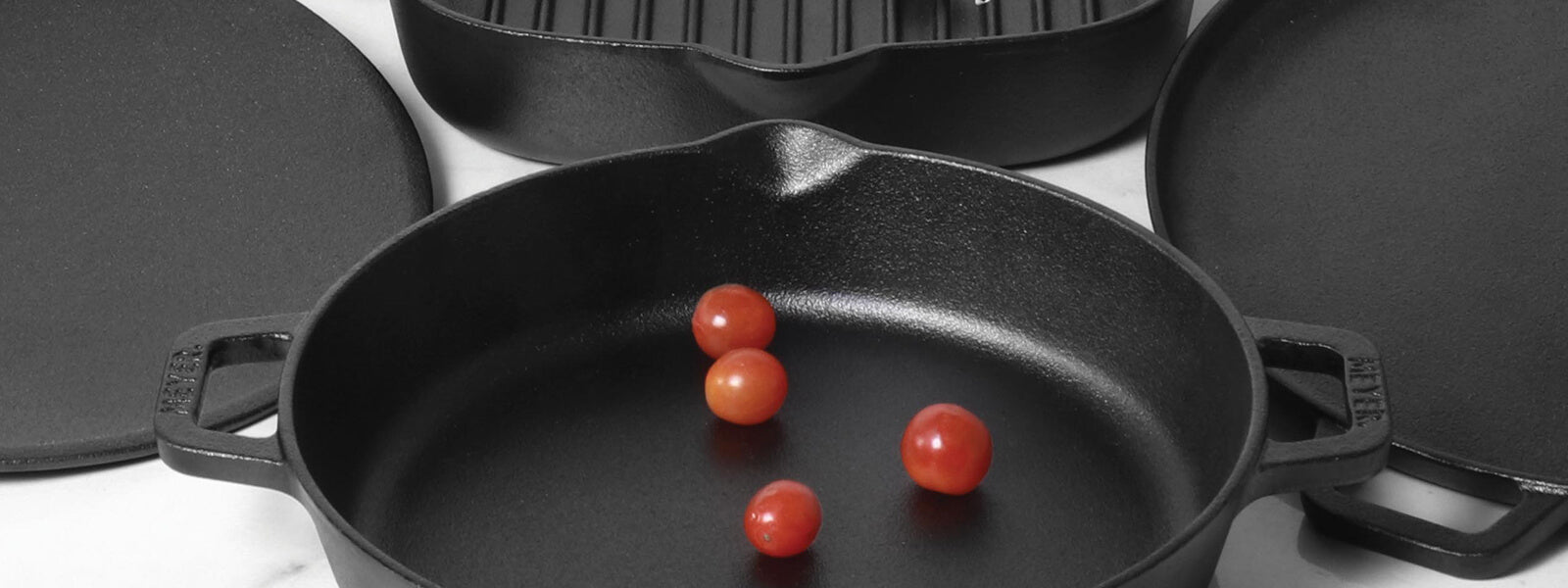
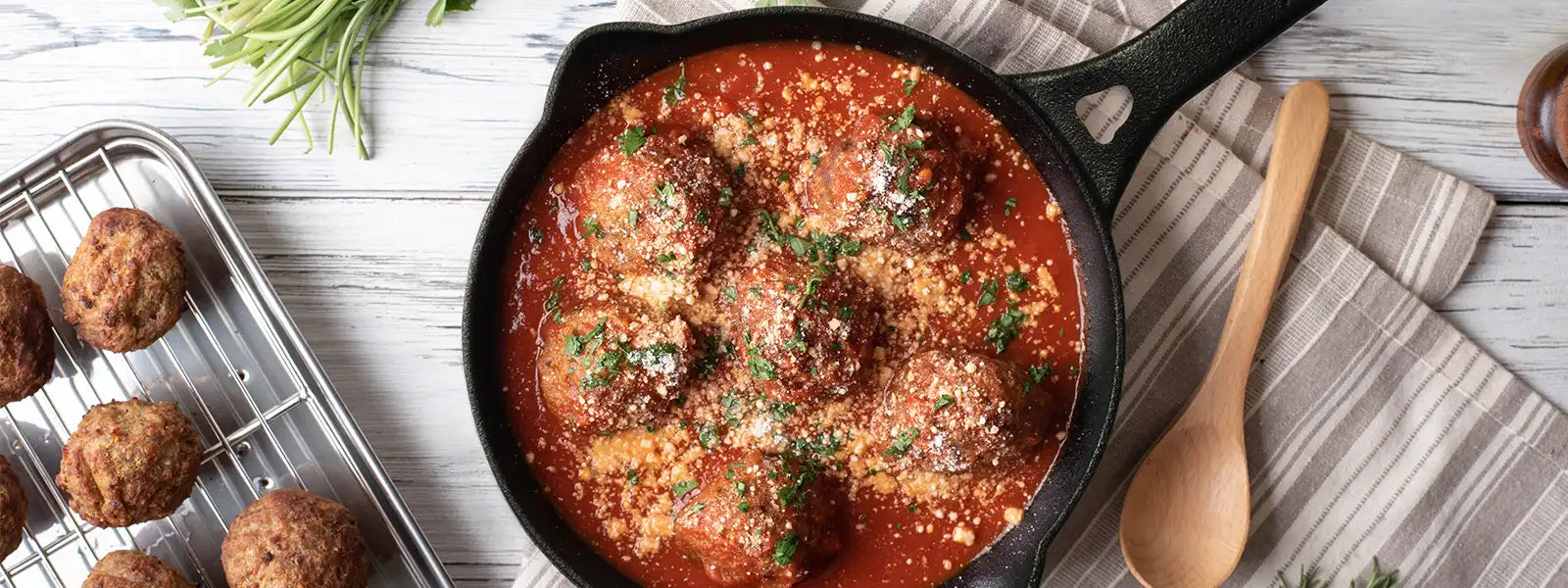
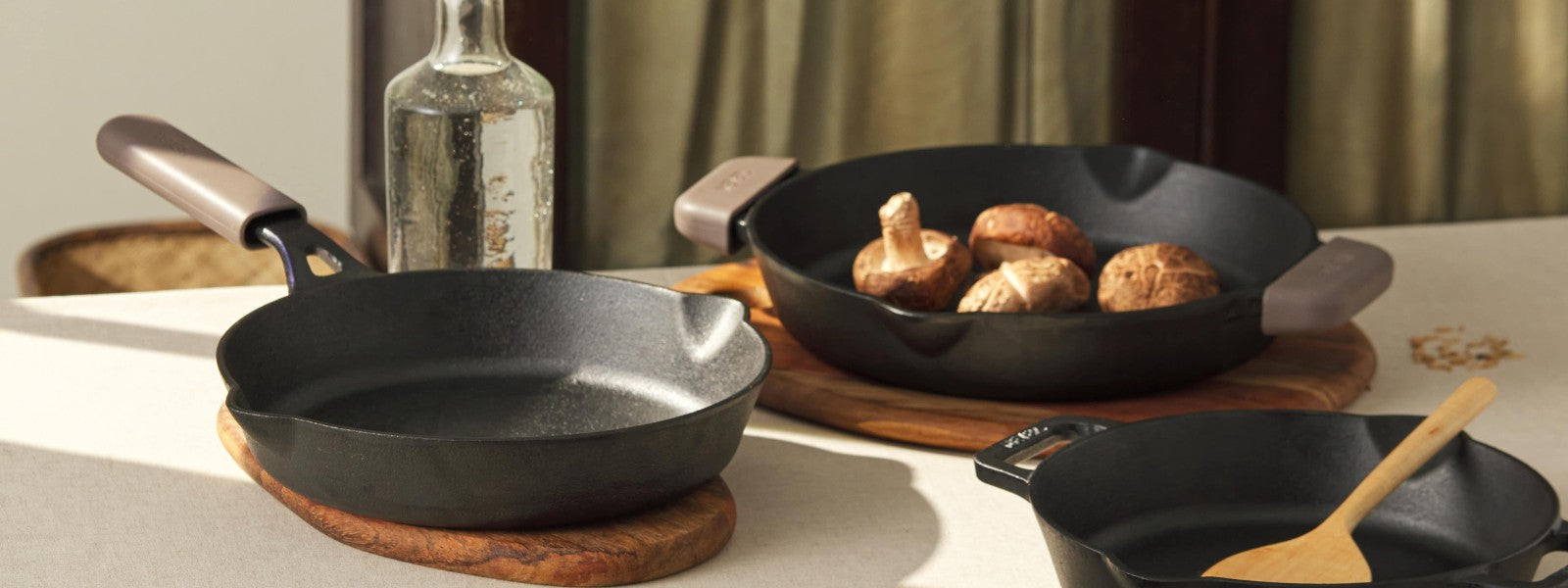
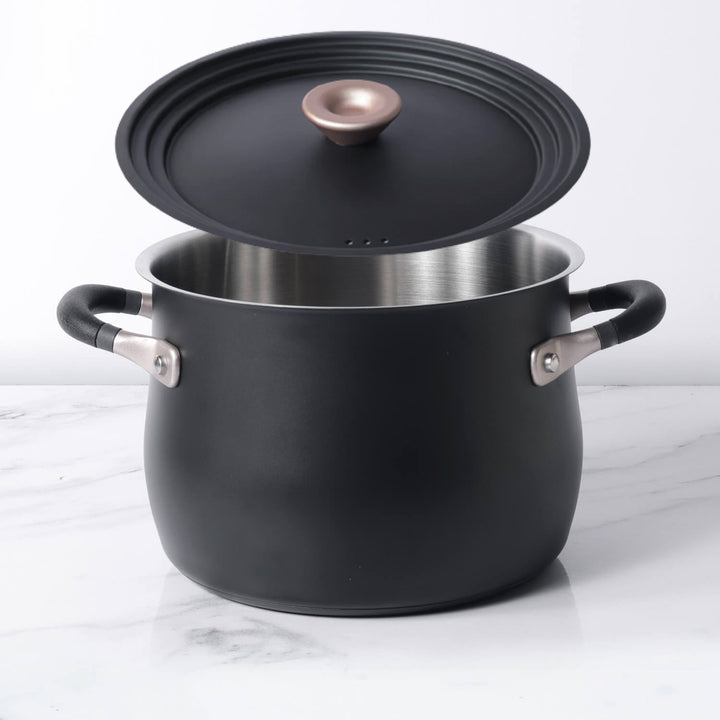
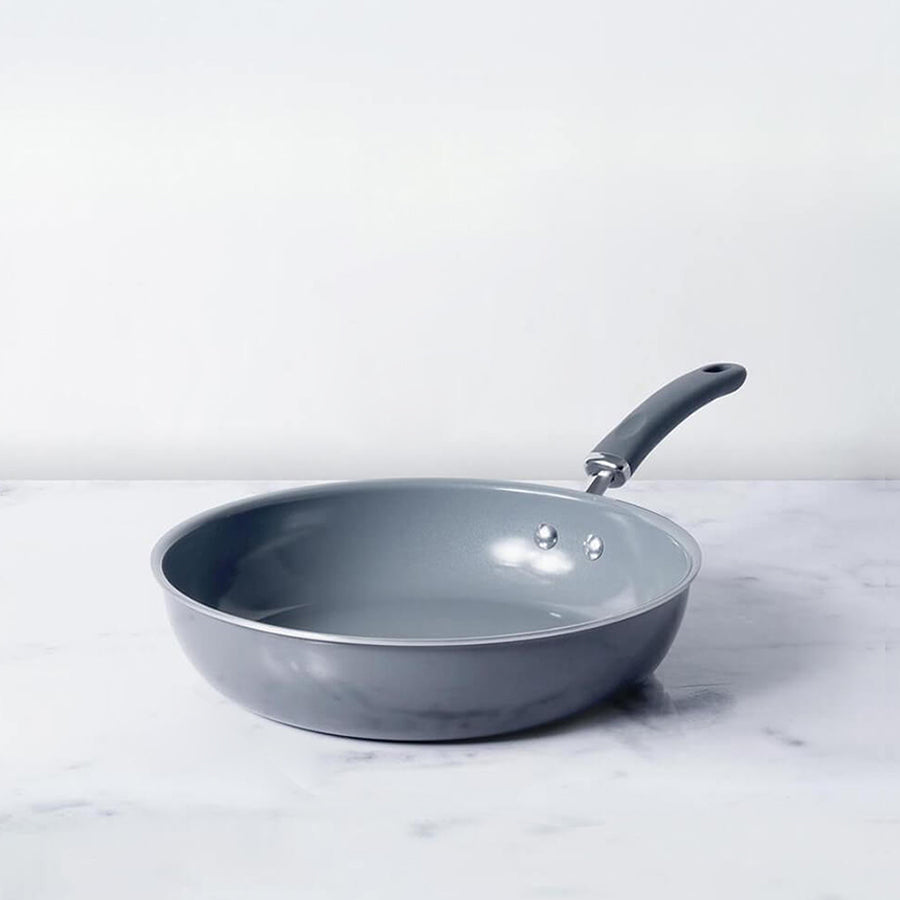
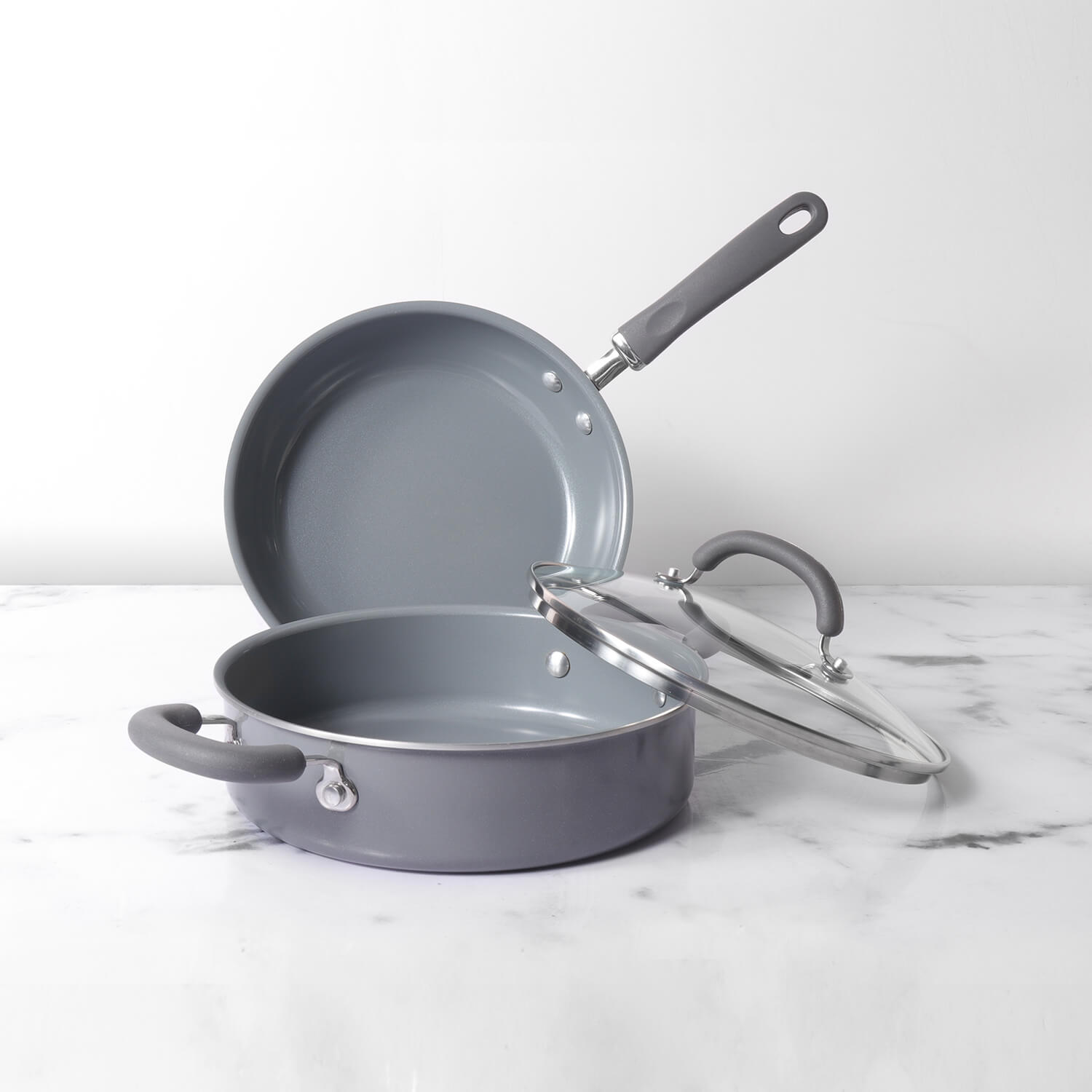




Leave a comment